By Athena Constantinou, The Sports Financial Literacy Academy
The term “financial freedom” means something different to each person. Many define it as being able to have the lifestyle they want and knowing they can afford it financially, without worrying about paying bills and making ends meet. Financial freedom means that instead of having to work to generate income, you will have your assets working for you and these assets will be generating the income you need to support your desired lifestyle. In order to attain this goal, it’s important to begin investing as early as possible so that you generate passive income streams instead of having to work for every penny.
Financial planning and wealth management should be at the core of an athlete’s mind throughout their career. The average athlete has a career of about 10 years, depending on the sport they play, and assuming they’re not forced to involuntarily retire. This suggests that while you’re an athlete, you need to plan your wealth in a way that you’ll be able to continue living a comfortable lifestyle for the next 30-40 years; this is what financial freedom is all about.
Investing is considered as one of the key ways to achieve the financial goals you have set in your financial and life plan and achieve financial freedom. Through investing you can make your money work for you and take charge of your financial security by growing your wealth and by generating additional income streams to support your desired lifestyle.
Investing means committing capital or funds to different types of assets with the expectation that you will generate a gain or profit in the future from these investments. An investment is different from saving because an investment is a rather active way of using your money while saving is basically storing your money for future use. Investing always carries risk with it therefore it is critical to do your research and analyze the risk before committing your money into an investment.
Every one of us, athletes or not, need to be educated in the basics of investing before we actually start committing money into it. Such knowledge will help us create successful investment strategies and plans, through which we can generate enough income to support the lifestyle we envision in our life and life plan. Knowledge forms the foundation of any successful investment strategy. Knowledge can give us the tools to invest wisely and make our money work for us.
The core concept of investing, is putting your money to work for you by buying assets that you believe will go up in value, such as stocks, precious metals, real estate, cryptoassets and others, and use the income generated from them to support the lifestyle you want to follow. The catch is that these assets do not always increase in value, so there is a risk of losing some or all of the money you have invested.
Investing makes sense and it’s all about putting your money to work for you, instead of you working for money. The sooner you start investing in life, the sooner you will be able to taste the fruits of your investments. But in order for any investment plan to be successful, it needs to be aligned with your lifestyle goals and to match your risk tolerance.
Understanding the concept of risk is crucial for investing. Basically, each type of investment comes with a different level of risk and reward; the greater the risk you take of losing your money, the higher the potential return. Ideally, you want to earn the highest return with the least amount of risk.
The key to managing risk, which can’t be totally eliminated, is diversifying your investments with the help of your financial advisor, by spreading your money into several different types of investments that are unlikely to all move in the same direction; when the value of one goes down, one of the others might go up, so you either have better returns or reduce your overall losses. No matter how “safe” you believe an investment is, you always need to have an exit plan, in case the investment doesn’t perform as expected. Knowing the liquidity level of your assets beforehand will help you determine how your exit plan works.
There is no generic diversification model which can be a perfect fit for every investor. Each investor has different characteristics which should be considered when forming a diversification strategy. These characteristics include the investor’s financial goals, time horizon, risk tolerance, investment expertise, need for liquidity, etc. For example, a mature athlete’s investment horizon may be 5 or 10 years whereas a rookie athlete’s time horizon may be 20 or 30 years. Also, a mature athlete is naturally less of a risk taker given that their investment time horizon is limited. Therefore, diversification is not a one-fit-for-all strategy, nor a one-time task. A proper diversification strategy should always align with your particular circumstances and characteristics; it should be continuously monitored and periodically adapted to make sure that it continues to make sense. You need to always remember that a proper and flexible diversification strategy, periodically adapted to your changing needs, is the key to building a successful investment portfolio and ultimately achieving your financial goals.
Most professional athletes are privileged with earning what an average person earns in a lifetime, in just a few years. Many will squander this money away in a short time, but others will make the right decisions, including investments, that will allow them to retain their financial freedom and security after their retirement. Whatever goals you may have set in your financial freedom plan, whether travelling the world or retiring on a yacht in the Greek Islands, investing is the key to getting you where you want to be.
The Money Smart Athlete® Blog is established and run by the Sports Financial Literacy Academy® (SFLA). Through its education programs the SFLA has the vision to financially educate and empower athletes of all ages to become better people, not just better athletes. For more information on our courses, our SFLA Approved Trainer Program®, and how they can benefit you and your clients, please get in touch with us at [email protected].

